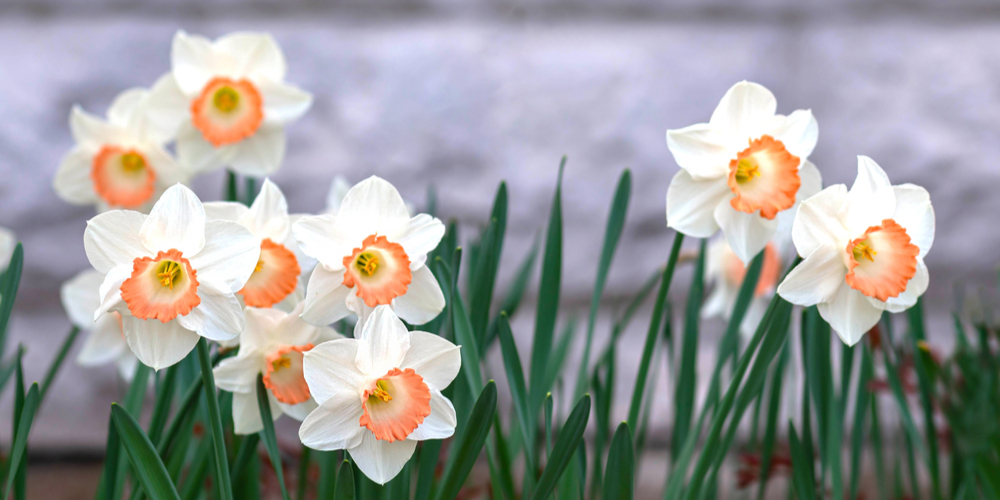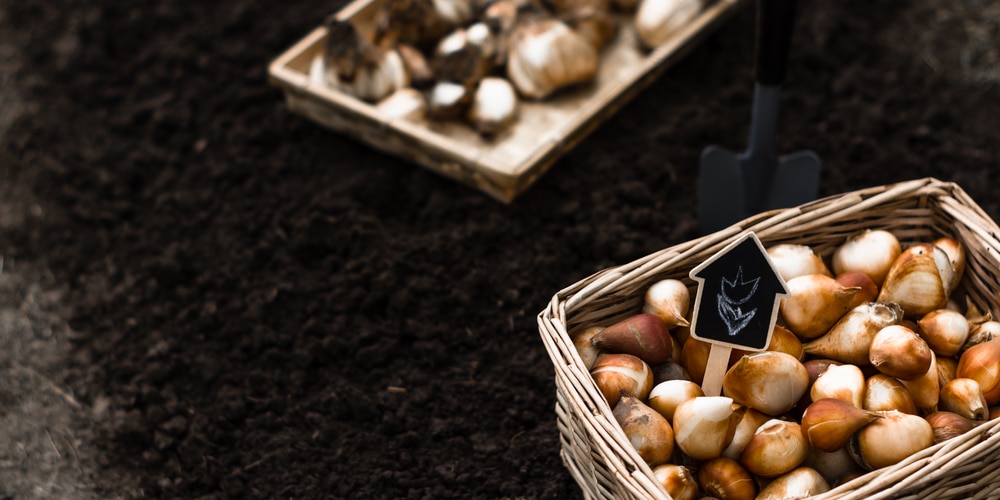Spring-flowering bulbs are often the easiest to grow for farmers who want to add beauty and freshness to tired-looking gardens in the next spring. When properly planted, they reward you with color, scent, and beautiful blossoms for years. That said, the best route to success with spring-flowering bulbs is to plant them at the optimum times. So, lets look at when to plant daffodils in North Carolina?
Quick answer
Well, the best time to plant daffodils is in the fall. Planting during this time allows them to develop a root system and satisfy the cold requirement necessary for vigorous, colorful flower buds.
This post will cover more on planting daffodils in North Carolina. Read on to find the answer to the question, ‘When to plant daffodil bulbs in North Carolina?’ We’ll give details about the best conditions for growing daffodils.
The best time to plant daffodils in NC
Daffodils are hardy and easy-to-grow perennials that do well in regions experiencing cold to warm temperatures. They bloom into showy yellow or white flowers, which makes them a perfect addition to any garden.
When it comes to planting, like other spring-blooming flowers, daffodils grow their best when planted in fall (Autumn). In North Carolina, planting daffodils in November through early December when night temperatures are consistently below 60 is the best bet.
Daffodils usually need time to chill in the ground before spring in order to bloom. As such, planting them in the fall allows them to satisfy the cold requirements. Even better, the ground is still soft and workable during this time of the year, and the soil is warm enough to stimulate root growth for strong root systems.
Preparing your planting site for daffodils
Daffodils are susceptible to rot, so good drainage is essential for daffodils and all other spring-blooming bulbs. Besides planting when the ground has cooled to below 60 degrees Fahrenheit, you need to ensure that the planting site is well aerated; otherwise, your daffodils may not naturalize and return year after year.
If your garden has clay or extremely sandy soil, you will need to amend it with organic matter like compost or aged pine bark to increase nutrients and water holding capacity. With clay soils, it is advisable that you plant in raised beds to facilitate drainage.
Another critical factor to consider when preparing your garden is soil pH. Daffodils do well in soil with pH levels within the 6-7 range, so make sure your garden soil is within this range during plant. Further, because soil conditions are bound to change over time, you will need to test the soil every two years to ensure it is within an acceptable pH range.
How to plant daffodils
Daffodils are generally easy to grow and require minimal care. They can be used in beds, borders, rock gardens, wooded areas, or for ground covers.
When it comes to planting, you first need to choose the largest possible, high-quality daffodil bulbs that have not yet been dried out. Daffodil bulbs should be planted with their pointy end up and about 2 to 3 times as deep as the bulb is high. Considering that some large bulbs may need to be planted about 8 inches deep and that the area under bulbs needs to be loose, it is always a good idea to loosen your garden up to 12 inches deep.
Daffodils can tolerate crowding but will do their best when planted about 3 to 6 inches apart. Although daffodil bulbs have the energy they need to produce root systems and foliage, you can add a little bulb fertilizer during planting to boost growth.
A layer of mulch after planting will help increase the soil’s ability to retain moisture.
Importantly, do not give in to the temptation to uncover your daffodils. The mulch protects the shoots against cold, drying winds associated with early spring.
Daffodils require minimal care, and they will eventually bloom, producing showy yellow flowers. If your plants do not perform as desired, apply a low-nitrogen, high-potash fertilizer immediately after flowering.
Like other perennials, daffodils will naturalize and grace your garden for years. To help ensure this happens, allow your daffodils to grow until they die off after blooming. This is because after blooming is when they store the energy they need to bloom the following year.
When to plant daffodil bulbs in North Carolina: Conclusion
Daffodils bulbs are great spring-flowering bulbs that produce exquisitely picturesque flowers in the next spring. Interestingly, they are perennials, meaning they will grace your garden every year. For North Carolina residents, daffodils offer an excellent way to add wonderment to your gardens.
Related Article: Best Time to Plant Bulbs North Carolina


